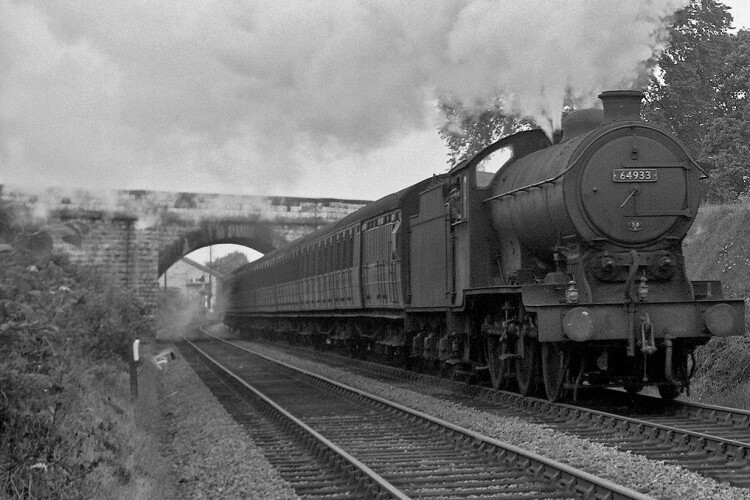The skewed masonry arch on Rudgate near Tadcaster was designed by railway engineer John Cass Birkinshaw for the Church Fenton to Harrogate line, opening in 1847. But National Highways, which manages 3,100 disused railway bridges, viaducts and tunnels on the Department for Transport’s behalf, buried the structure in hundreds of tonnes of stone and concrete as part of a programme to reduce liabilities.
In a letter to the now-defunct Selby District Council on 6th October 2020, National Highways claimed that Rudgate bridge “represents an ongoing and increasing risk to public safety” and would be infilled under rights known as Class Q, “to prevent an emergency arising”. A contractor arrived on site five months later, with the scheme costing £133,000.
By default, Class Q works must be removed within 12 months of their start date and National Highways’ failure to obtain consent for permanent retention prompted the council to take enforcement action.
In April 2023 Selby District Council was dissolved and became part of a unitary North Yorkshire Council, which is now considering National Highways' retrospective planning application.
In its planning statement, National Highways claims that the bridge was in “poor” condition, but formal engineering reports unearthed by heritage campaigners record it as being “fair”. When it was last inspected two years prior to infilling, the examiner’s only recommendation was to repair a nearby fence.
National Highways engineer decided that “infilling [was] preferable to repairs” despite the bridge being conservatively assessed to have capacity for 32-tonne vehicles. The lane passing over it is narrow and lightly trafficked, with HGVs discouraged from using it by a sign prohibiting vehicles weighing over 3 tons unladen.
It has emerged that, to gain access to the site, National Highways’ contractor felled and pruned trees within an area protected by a tree preservation order without authority. The infilling took place in designated green belt where, according to the National Planning Policy Framework, development “should not be approved except in very special circumstances”.

![The infilled bridge looks out onto cutting slopes protected by tree preservation orders [Credit: The HRE Group] The infilled bridge looks out onto cutting slopes protected by tree preservation orders [Credit: The HRE Group]](https://www.theconstructionindex.co.uk/img-cache/01f55c9d3f2a4ca83a14cb6127da63e2/320x213.33333333333_1711524158_rudgatebridgeafter©thehregroup.jpg)
“This is what happens when an organisation focused only on its own narrow interests is allowed to act without appropriate scrutiny,” said Graeme Bickerdike of the HRE Group.
The HRE Group has been campaigning against National Highways’ bridge infilling programme for several years. Its members include engineers, ecologists and historians who are keen to preserve railway heritage.
Graeme Bickerdike said: “Rudgate was a historic and aesthetically attractive bridge, designed by an engineer who was at the forefront of the railway revolution in the 1840s – supposedly the first articled pupil of Robert Stephenson, with whom he worked on several Yorkshire railways. But National Highways shows no respect for such endeavours. It forced through this liability reduction scheme by misapplying emergency permitted development rights and damaged protected trees in doing so.
“Now, as it seeks approval for its actions, the company is misrepresenting its own engineering evidence. The bridge presented low levels of risk and should have been subject to sympathetic repairs as part of National Highways’ routine maintenance programme. We cannot keep losing historic assets to the destructive culture of some public bodies.”
Hélène Rossiter, head of Historical Railways Estate at National Highways, said: “Britain’s railway heritage is a cherished part of our cultural history. National Highways is proud of our role in preserving the Historical Railways Estate for the nation.
“We are seeking retrospective planning consent to keep in place the strengthening work that we carried in out in 2021 and 2022 on Rudgate Road bridge near Tadcaster. The work has enabled drivers to continue safely using the road over the bridge without restrictions. Before the work, the underside of the bridge had previously been partially infilled by others. This partial infill was unstable, making inspection unsafe, and the structure had failed a capacity assessment. We believe that retaining the infill at this location is the best option and in the public interest.”
Got a story? Email news@theconstructionindex.co.uk



